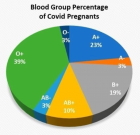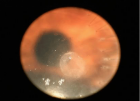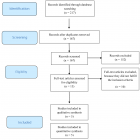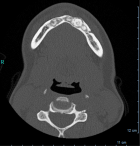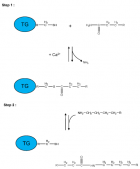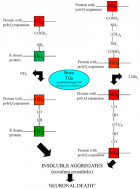Figure 3
Transglutaminase inhibition: possible therapeutic mechanisms to protect cells from death in neurological disorders
Vittorio Gentile*, Elenamaria Fioretti, Nicola Gaetano Gatta and Rosaria Romano
Published: 25 July, 2017 | Volume 1 - Issue 1 | Pages: 026-038
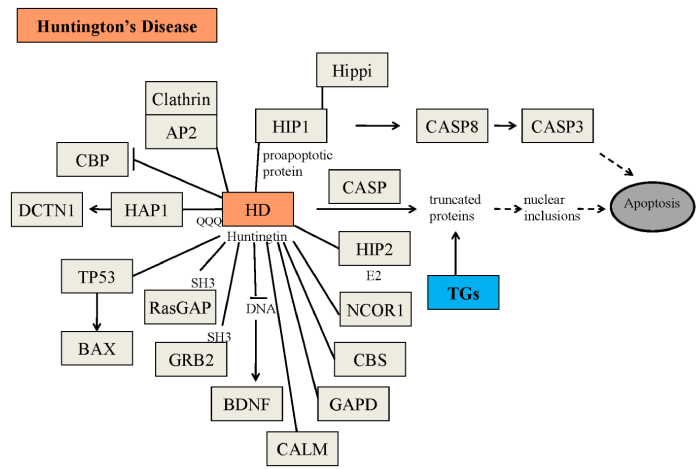
Figure 3:
Possible physiopathological effects of the mutated huntingtin. Some of the physiopathological roles of mutated huntingtin, including the formation of nuclear inclusions, have been described in the Figure AP2=adipocyte Protein 2; BAX=bcl-2-like protein 4; BDNF=brain-derived neurotrophic factor; CALM= calmodulin; CASP=caspases; CASP3=caspase 3; CASP8=caspase 8; CBP= CREB binding protein; CBS = cystathionine-β-synthase; DCTN1 = dynactin subunit 1; GAPD=glyceraldehyde-3-phosphate dehydrogenase; GRB2=growth factor receptor-bound protein 2; HAP1=huntingtin associated protein 1; HIP1=huntingtin interacting protein 1; HIP2=huntingtin interacting protein 2; Hippi; HIP1 protein interactor; NCOR1=nuclear receptor corepressor 1; RasGAP=p21Ras protein and GTPase-activating protein complex; TGs=transglutaminases; TP53=tumor protein 53.
Read Full Article HTML DOI: 10.29328/journal.hjbm.1001004 Cite this Article Read Full Article PDF
More Images
Similar Articles
-
Transglutaminase inhibition: possible therapeutic mechanisms to protect cells from death in neurological disordersVittorio Gentile*,Elenamaria Fioretti,Nicola Gaetano Gatta,Rosaria Romano. Transglutaminase inhibition: possible therapeutic mechanisms to protect cells from death in neurological disorders . . 2017 doi: 10.29328/journal.hjbm.1001004; 1: 026-038
Recently Viewed
-
Prevalence and Associated Factors of Hypoglycemia among Severe Acute Malnourished Children who admitted in East Gojjam Zone Public Hospitals from 2018 to 2021, Northwest Ethiopia, 2022. Multi-center Retrospective Cross Sectional StudyYitayal Guadie Ashebir*, Yohannes Godie, Aster Tadesse, Esmelalem Mihretu, Dires Birhanu. Prevalence and Associated Factors of Hypoglycemia among Severe Acute Malnourished Children who admitted in East Gojjam Zone Public Hospitals from 2018 to 2021, Northwest Ethiopia, 2022. Multi-center Retrospective Cross Sectional Study. J Adv Pediatr Child Health. 2024: doi: 10.29328/journal.japch.1001066; 7: 037-044
-
Preparation of Healthy Cookies from Germinated Flour Blends of Finger Millet and Pearl Millet Sweetened with JaggeryAmar P Garg*, Shikha Sharma. Preparation of Healthy Cookies from Germinated Flour Blends of Finger Millet and Pearl Millet Sweetened with Jaggery. J Adv Pediatr Child Health. 2024: doi: 10.29328/journal.japch.1001064; 7: 016-025
-
Juvenile Xanthogranulomatosis in a Hemophilic Boy: Case ReportK Belcadi*, Z Isfaoun, O EL-Athmani, I El-Abdallaoui, IN Ansari, M Lakhrissi, A Guindo, M El-Kababri, A Kili, L Hessissen, S Sefiani, M El-Khorassani. Juvenile Xanthogranulomatosis in a Hemophilic Boy: Case Report. J Adv Pediatr Child Health. 2024: doi: 10.29328/journal.japch.1001069; 7: 062-065
-
Study of Platelet Parameters in the Assessment of Disease Severity in IBD: Ulcerative ColitisRamesh Uddarraju*. Study of Platelet Parameters in the Assessment of Disease Severity in IBD: Ulcerative Colitis. Ann Clin Gastroenterol Hepatol. 2025: doi: 10.29328/journal.acgh.1001052; 9: 015-017
-
Impact of Microplastics on Human Health through the Consumption of Seafood: A ReviewNeeraj Kumar*,Dev Brat Mishra. Impact of Microplastics on Human Health through the Consumption of Seafood: A Review. J Clin Med Exp Images. 2025: doi: 10.29328/journal.jcmei.1001036; 9: 015-019
Most Viewed
-
Feasibility study of magnetic sensing for detecting single-neuron action potentialsDenis Tonini,Kai Wu,Renata Saha,Jian-Ping Wang*. Feasibility study of magnetic sensing for detecting single-neuron action potentials. Ann Biomed Sci Eng. 2022 doi: 10.29328/journal.abse.1001018; 6: 019-029
-
Evaluation of In vitro and Ex vivo Models for Studying the Effectiveness of Vaginal Drug Systems in Controlling Microbe Infections: A Systematic ReviewMohammad Hossein Karami*, Majid Abdouss*, Mandana Karami. Evaluation of In vitro and Ex vivo Models for Studying the Effectiveness of Vaginal Drug Systems in Controlling Microbe Infections: A Systematic Review. Clin J Obstet Gynecol. 2023 doi: 10.29328/journal.cjog.1001151; 6: 201-215
-
Prospective Coronavirus Liver Effects: Available KnowledgeAvishek Mandal*. Prospective Coronavirus Liver Effects: Available Knowledge. Ann Clin Gastroenterol Hepatol. 2023 doi: 10.29328/journal.acgh.1001039; 7: 001-010
-
Causal Link between Human Blood Metabolites and Asthma: An Investigation Using Mendelian RandomizationYong-Qing Zhu, Xiao-Yan Meng, Jing-Hua Yang*. Causal Link between Human Blood Metabolites and Asthma: An Investigation Using Mendelian Randomization. Arch Asthma Allergy Immunol. 2023 doi: 10.29328/journal.aaai.1001032; 7: 012-022
-
An algorithm to safely manage oral food challenge in an office-based setting for children with multiple food allergiesNathalie Cottel,Aïcha Dieme,Véronique Orcel,Yannick Chantran,Mélisande Bourgoin-Heck,Jocelyne Just. An algorithm to safely manage oral food challenge in an office-based setting for children with multiple food allergies. Arch Asthma Allergy Immunol. 2021 doi: 10.29328/journal.aaai.1001027; 5: 030-037

HSPI: We're glad you're here. Please click "create a new Query" if you are a new visitor to our website and need further information from us.
If you are already a member of our network and need to keep track of any developments regarding a question you have already submitted, click "take me to my Query."






